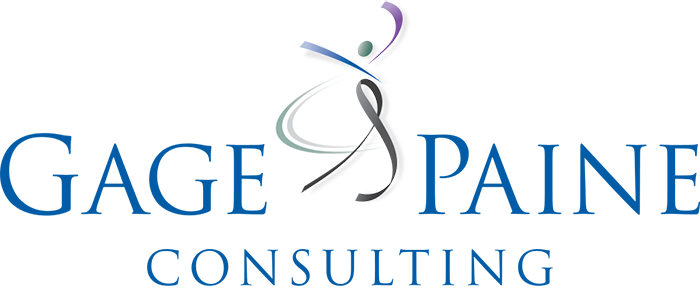Systems, Procedures, and Processes, Oh My!

Photo by Alan de la Cruz at Unsplash
Early in my career when I worked at UT Austin, first in student conduct and later with services for students with disabilities, I spent a lot of time working on systems, procedures, process, rules, regulations, guidelines – you name it we were trying to understand, create, refine and define it. After I had been there for a while it was common for me to get calls from across the university asking for help about some rule or another even if it had nothing to do with conduct, disability services, or any other program I worked with. I had become ‘the keeper of the rules.’
Those who know me well, know that I have strong gold tendencies in True Colors (TM) language. I like sorting my way through the systems that exist in large organizations. Finding ways to make things work for the people who are part of these organizations can be a frustrating challenge, but rewarding when it works.
A bit further along in my career, a student told me he was going to have to drop out of school. He had been admitted conditionally since his undergraduate transcript was not yet complete. A professor still needed to turn in a final grade. (I don’t remember what the hiccup was there.) And we were nearing the end of the semester with no transcript in sight. So he wasn’t going to be able to enroll the next semester. After all that was the rule.
I don’t remember all the ins and outs now, but the bottom line was that the student had completed all the work and had met the grade requirements, but the undergraduate transcript wasn’t going to be sent to the Graduate School in time. It was the rule. The Graduate School was going to enforce its own rule and not let the student enroll for the next semester.
The rules were reasonable. The processes existed for a reason. And we were going to lose a good student because two different institutions were not willing to make an exception to their rules and processes.
One of my expectations as a leader is that we follow the rules and procedures of our organization. But at the same time, we don’t use them as an excuse for not helping a student or colleague. Rules and systems are not the stopping point. They are the starting point for finding ways to make sure the organization works for people. We need to understand the underlying purpose of the rule. The rule pushes us to understand what our goal really is and then it becomes the starting point for creativity. We are challenged to ask ‘what can we do and stay within the rules?’ How can we find a way to say yes and follow the correct process?
What happens when we change the question from ‘can we do this?’ to ‘how can we do this’? ‘Can we’ is a question of two possibilities – yes/no. ‘How can we’ opens the way to multiple possibilities.
As for that student, he completed his master’s degree at that university and is a valued colleague in the field of Student Affairs because the Dean of the Graduate School finally agreed to make an exception. We found a way to make it possible to say yes to the student.
What all those years of working with conduct and disabilities taught me is that we should absolutely believe in people over process. And complex organizations work better when we have good processes, sensible rules, and flexible systems that support the learning and growth of people and the organization. What systems and rules are you improving today?
Take care,
Gage
